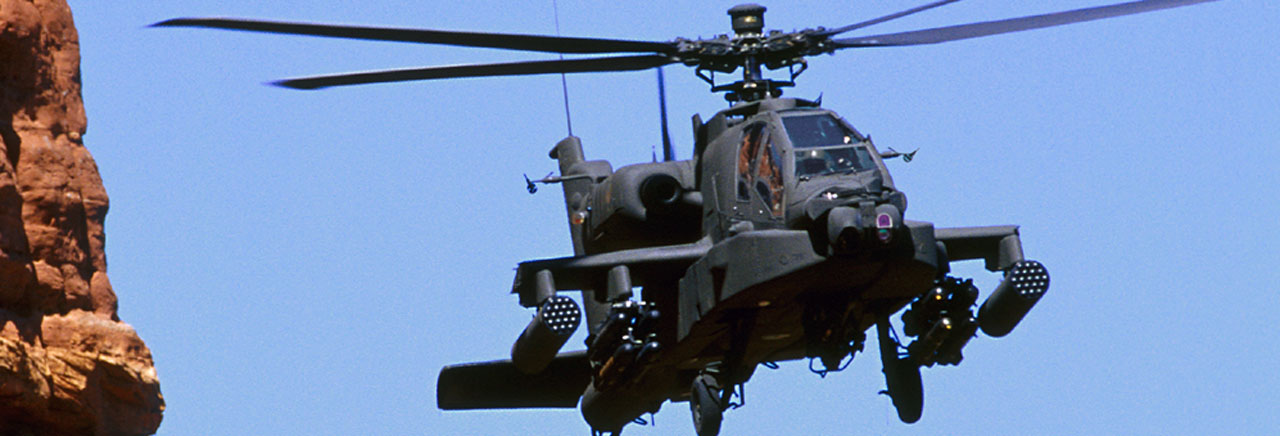When it comes to the state of aerospace manufacturing, the state of Arizona is the place to be.
Arizona has placed No. 1 in PwC’s 2016 Aerospace Manufacturing Attractiveness Rankings. With the United States placing at the top of the list when compared to other countries, the Grand Canyon State could be considered best of the best.
The rankings were compiled by the aerospace and defense practice of PwC, which provides audit and assurance, tax and consulting services as it performs analyses and develops and implements tailored solutions for companies in the sector. PwC also included defense in its evaluation.
Putting Arizona at the top for 2016 stemmed from PwC using weighted averages in different areas. Leading the list was significant improvement in industry ranking as the state came in sixth compared to other states. This indicated a growing aerospace industry that features manufacture of guided missile systems, space and defense systems, and aviation and aerospace, as well as maintenance repair and overhaul (MRO). Several major employers posted strong gains in 2015, boosting employment opportunities.
When it comes to employment, figures from the Arizona Commerce Authority (ACA) give a picture of the depth of what is happening in the state:
-
- 52,592 people employed by aerospace and defense-related companies with a $5.5 billion total annual payroll.
-
- 1,200 aerospace and defense companies in Arizona.
-
- Top 10 of the nation’s largest employment in aviation and aerospace services.
-
- Top 10 for aerospace/defense government contracts with more than 20,000 transactions.
-
- Second largest employment in space and defense systems manufacturing.
-
- Fourth largest employment in aviation and aerospace manufacturing.
-
- Sixth largest employment in MRO occupations.
Also helping make the case for Arizona compared to other states were tax methodology changes, with high scores in property (sixth) and unemployment (third) taxes. In addition, the state is in 12th place for operating costs. Add to that Arizona’s placing 20th for educational attainment. For example, there are 78 college programs related to aerospace and defense, according to ACA.
For the nation as a whole, the individual categories were adjusted by PwC. The United States was first in industry size (i.e., number of existing suppliers), No. 18 in infrastructure/stability/workforce (e.g., regulatory/legal/corruption rankings, enrollments in and quality of engineering programs) and No. 22 in costs (e.g., taxes, manufacturing wages).
An example of the activity that is supporting the top rankings of Arizona and the United States can be found in the city of Mesa. Economic Development Director Bill Jabjiniak provided an overview of what Mesa offers in a newsletter issued by the city.
Boeing employs more than 4,000 highly skilled workers at its manufacturing facility for the AH-64 Apache combat helicopter. The workers also produce components, avionics and composite parts.
Mesa also has helicopter service providers and MRO operations such as Heliponents and Able Aerospace Services, which provides services for fixed-wing aircraft. Additional fixed-wing service providers with operations in Mesa include AeroMaritime America, Cessna, Embraer, Falcon Executive Aviation, Jetstrip, Marsh Aviation and N1. Other key aerospace and defense companies include GECO, L3 Technologies, Lockheed Martin, Nammo Talley, Orbital ATK and WireMasters.
Perhaps one of Mesa’s best known employers because of its growth as an option for airline passengers is Allegiant Air, whose operations are based at Phoenix-Mesa Gateway Airport. As the keystone of the Mesa Gateway Area — one of two airport districts in Mesa — the airport has served as a prime location for aerospace-, aviation- and defense-related businesses, including high-tech manufacturers and suppliers, research and development, logistics and cargo services, and MRO operations.
The airport is developing the Gateway Aerospace Park, which includes 350 acres of land that can be developed and have access to the three runways. In addition, more than 1,000 acres of developable land surround the airport. Phoenix-Mesa Gateway Airport also is designated as a military reuse zone, which provides tax incentives to qualified companies and a property tax reduction of up to 72.9 percent.
Mesa’s other airport is Falcon Field, which was an active training base in World War II for British and other Allied Forces pilots. Now it serves as the headquarters of MD Helicopters. The major rotorcraft manufacturer builds high-performance helicopters for international civilian and military use.
The airport is at the center of the Falcon District, the city’s other airport district. As one of the nation’s most active general aviation airports, Falcon Field serves aerospace, aviation and defense companies involved in manufacturing, research and development, aviation services, and MRO operations. Surrounding Falcon Field is a 1,000-acre business district, which includes six industrial parks that can accommodate aerospace companies of various types and sizes.
Photo Credit: Boeing




